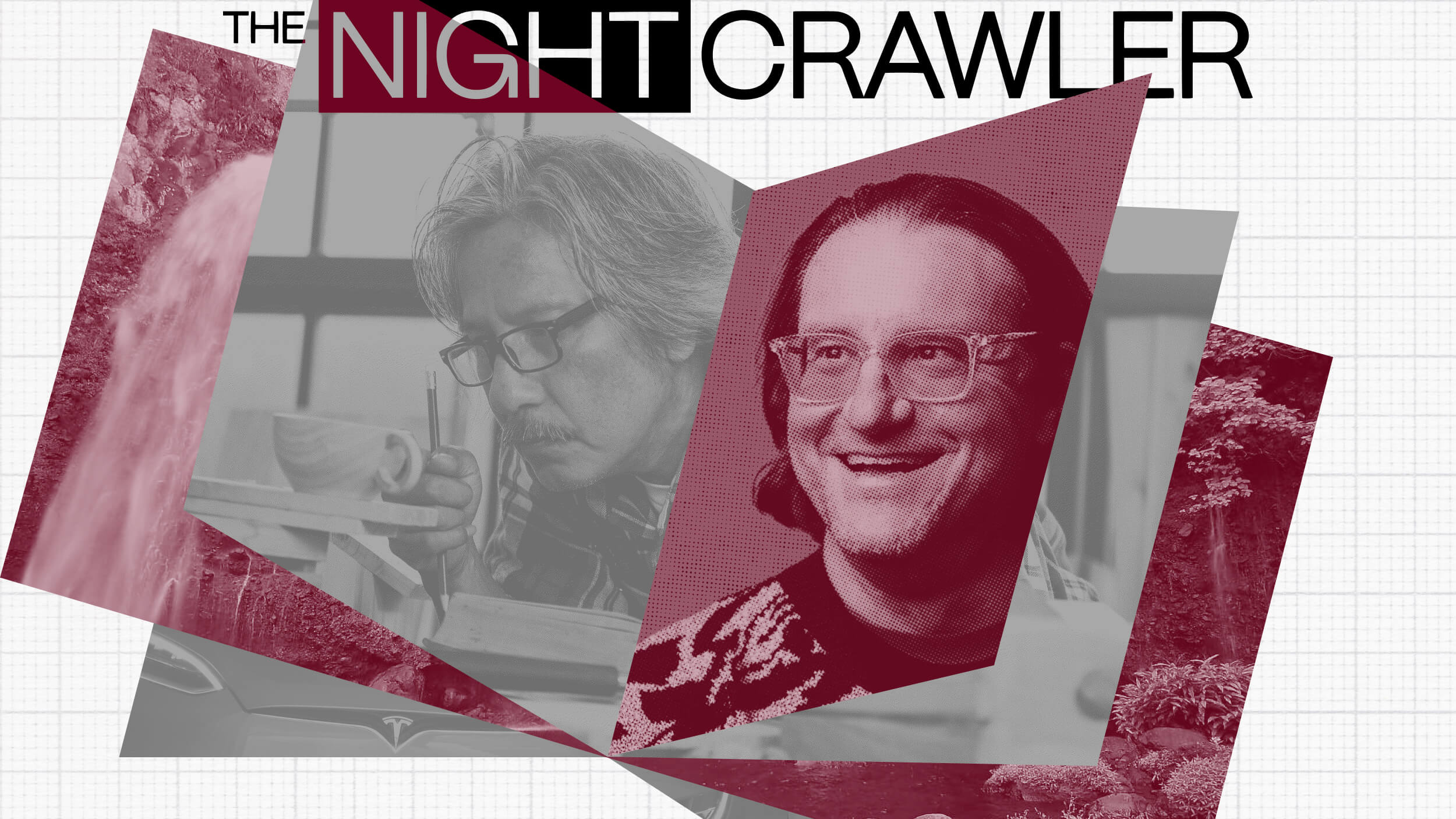The president of LeapFrog Investments discusses the latest trends in the vast movement known as social entrepreneurship.
Question: What is the future of social entrepreneurship?
Andrew Kuper: Social entrepreneurship is an incredibly exciting movement. It was spawned by Bill Drayton about 30 years ago who is an incredibly visionary entrepreneur who had the idea that you could really do venture capital for the social sector. So you could pick visionary entrepreneurs committed to systematic social change who had ethical fiber, who were committed to social impact, who were innovative and you could back them, give them some resources and a global support system that allowed them to achieve their goals whether it was in environment, education, healthcare, immigration, multiple different kinds of social impact and then this movement really rocketed and what allowed it to do was both the vision and the power of Ashoka and it offshoots like Endeavor and Acumen and other wonderful organizations that supports social entrepreneurs but it was also the massive growth of the social sector.
So the nonprofits; if you look at the numbers, they’re dramatic. Between 1980 and 2005, you basically have the number of nonprofits in Brazil, go from, I believe it was something like 5,000 to nearly a million, you had in the US, the number of nonprofits go from around 400,000 to 1.2 million so you have this massive burgeoning of the social sector. It suddenly become a much bigger space with much more impact and if you think about it historically, this is interesting because in the 19th Century, we had the Industrial Revolution, in the 18th and 19th Century. At the beginning of the 20th Century and with the world wars, we had the massive growth of the state so you had the burgeoning of the state but the social sector was left behind and we’ve had in the past decades is a massive growth of that sector, almost an Industrial Revolution of that sector.
Now that creates large opportunities because you not only have large numbers of organizations but organizations that can work together and have a division of labor where you achieve much more. Now, what’s the next way for social entrepreneurship, well, I’m particularly excited by things that go up the next level so it helps organizations to work together very effectively whether it’s collaborative technology architectures, whether it’s organizations like Ashoka, Endeavor, and Acumen that helped entrepreneurs to find commonalities, Ashoka of course is a group collaboration, whether it’s financing vehicles that goes to the next level, that back a whole lot of different companies and try to see or organizations and see the synergies between those.
And my company’s and organization’s language is the other really exciting next stage. I think we’re going to see a whole bunch of hybrid entities going from 0% returns, in other words, straight charity and that’s appropriate because why… if you’re trying to end slavery, you’re not going to try to do it on a profitable basis, that is a really charitable activity right through to highly profitable areas like microinsurance and microcredit where you can do and other kinds of social business like Grameen Phone, the mobile phone company. All of these can be hugely profitable and yet hugely impactful and I want to see a complete range that goes minus 10% plus 5% plus 20% plus 60% across the board that works. Now, I happen to be most excited myself about the areas that really bring profit and purpose together and the reason that I’m really excited about that is if you could do something that is hugely socially impactful so it’s quality really helps people with the products you’re selling and at the same time, it’s highly profitable, it’s massively scalable.
And I’m frankly obsessed with the idea that there are four billion poor people out there, we don’t have time to waste, we have to do things at scale, so I want to find mechanisms to really allow for massive, rapid scaling that has a profound impact on the poor and that I think is the most exciting arrowhead of social entrepreneurship right now.
Recorded on: May 1, 2009





